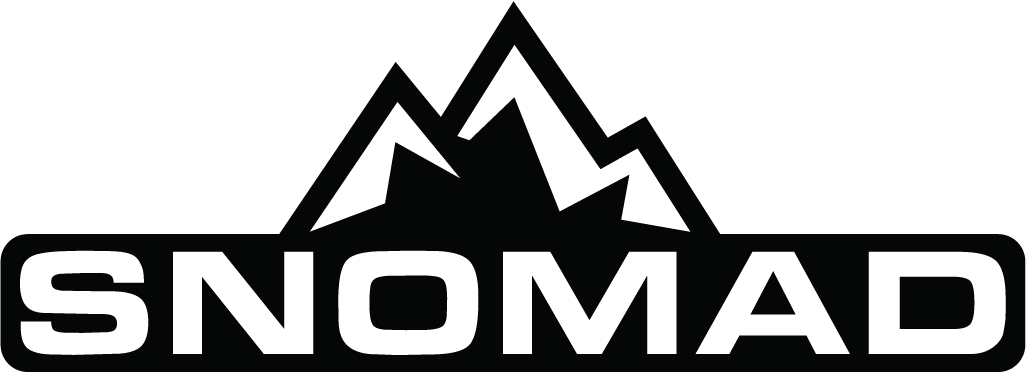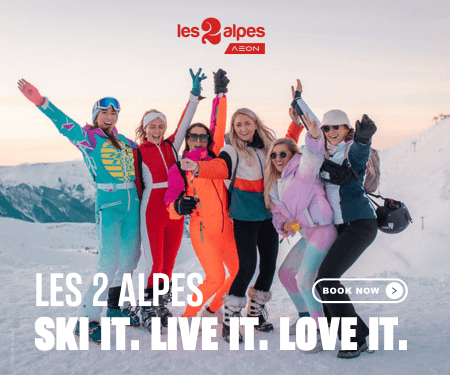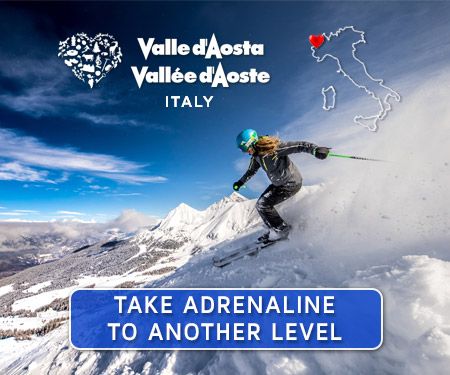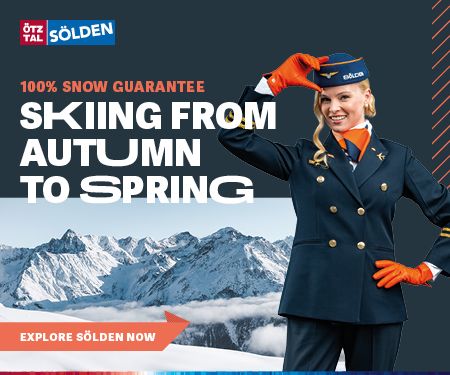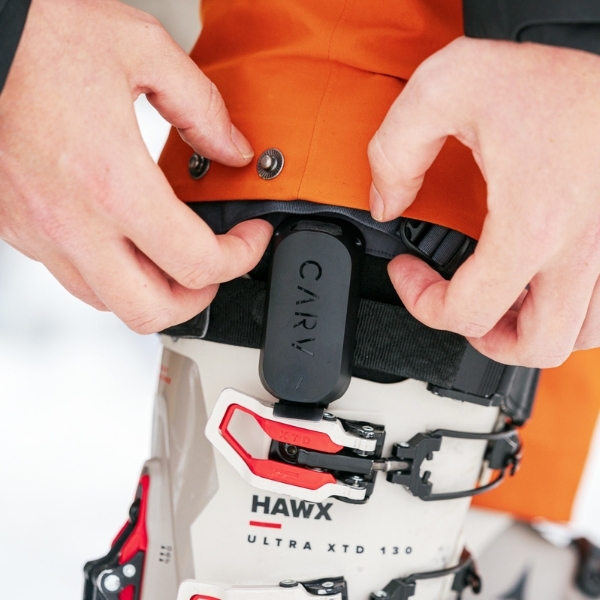
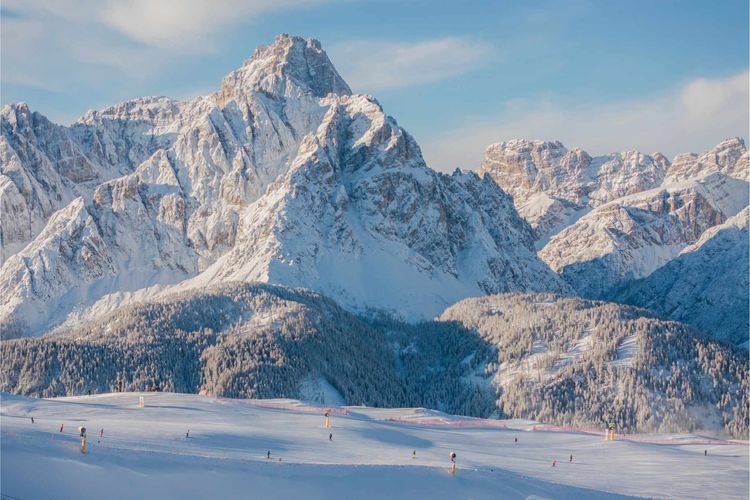
3 Zinnen Dolomites Overview
3 Zinnen Dolomites is one of Italy's most scenic ski destinations with a high overall rating of 4.46/5 from our Snomad community. Tucked away in the eastern part of the Italian Alps, this stunning region showcases some of the most breathtaking mountain scenery you'll find anywhere in Europe.
The resort spans five interconnected ski areas within the UNESCO-listed Dolomites, offering a refreshing alternative to the busier Italian ski destinations. With 80 well-maintained runs stretching between 1,130m and 2,225m, it provides plenty of terrain for multiple days of exploration. The 3 Zinnen ski area links together 5 distinct mountains - Monte Elmo, Stiergarten, Croda Rossa, Passo Monte Croce and Val Comelico, creating one seamless ski experience with over 115 km of interconnected slopes.
The 3 Zinnen area lies within the Puster Valley, one of the largest valleys in the Alps, stretching from east to west. Also known as ‘Pustertal,’ this region is served by the Ski Pustertal Express, a train linking 3 Zinnen to the nearby Plan de Corones ski resort. Together, they offer an impressive 200km of ski slopes, all accessible by train.
Our reviewers particularly praise the lift efficiency (4.76/5), with one Snomad community member noting they've "massively invested in the lift system over the past 5 years so most of the lifts are fast, comfortable and often have heated seats." The area also scores exceptionally well for groomed runs (4.68/5) and ski school quality (4.60/5).
The 3 Zinnen Dolomites is ideal if you're after a quieter, more relaxed Italian ski holiday. As Josh, an advanced skier in our community, describes it: "perfect for anyone who wants to really relax while enjoying some of the best infrastructure and scenery there is for skiing."
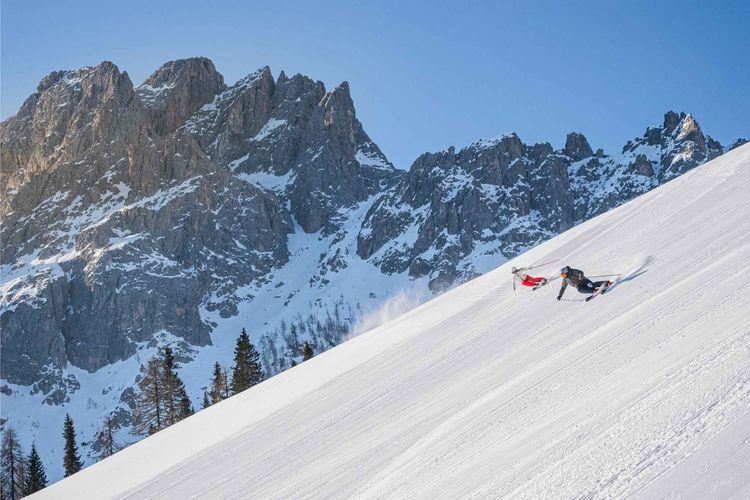
The Skiing in 3 Zinnen Dolomites
The ski area features 80 well-maintained pistes with 33 beginner runs, 38 intermediate runs, and 9 advanced runs, serviced by a very sophisticated lift system of 6 gondolas, 6 chairlifts, and 19 drag lifts. It's no surprise that 3 Zinnen Dolomites won the Gold Award in the Snomad Ski Resort Award winning The Best Ski Resort for Efficient Ski Lifts 2024. The investment the resort has made in the lift infrastructure is truly second to none.
The skiing caters brilliantly to beginners (4.75/5) and intermediates (4.47/5), but there's enough challenge to satisfy advanced skiers (4.56/5) too.
For those seeking adventure, the "Giro delle Cime” links the Sesto/Moos area with Val Comelico and the Kreuzberg Pass without requiring any hiking. As Josh describes it: "some beautiful long cruise traverses on the '3 Zinnen ski tour' which offers something really special."
The area is also home to the Holzriese 2, the steepest slope in Italy with a 72% gradient. The Helm-Vierschach is the longest run, a 4.8km red down from the higher reaches of Monte Elmo. There isn’t a great deal of off-piste or areas of deep powder, and the challenging, well-groomed pistes are why advanced riders would come here, but that’s not to say that scoring some backcountry is impossible. In fact, 3 Zinnen won the Bronze award in the Best Ski Resorts for Advanced Skiers in the World Category in 2024.
The standout feature of 3 Zinnen Dolomites is the spectacular skiing with wide, tree-lined pistes and jaw-dropping Dolomite views. Winning Bronze in the Best Ski Resorts for Groomed Runs in the World category, the pistes can certainly be described as pristine and this might just be the perfect resort to level up your carving turns against the beautiful backdrop of the Dolomites. Joshua, an intermediate skier, explains: "The huge area covering 3 individual resorts is quiet even in peak season and it's rare to have to queue for any of the lifts."
For more challenges, you can upgrade your lift pass to include the broader Dolomiti Superski area, accessing resorts on the Sella Ronda circuit and Cortina d'Ampezzo, where there are more off-piste opportunities and ski touring options.
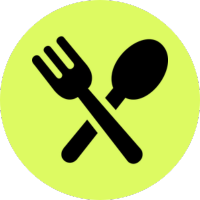

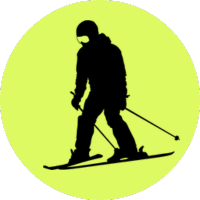
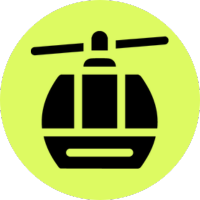
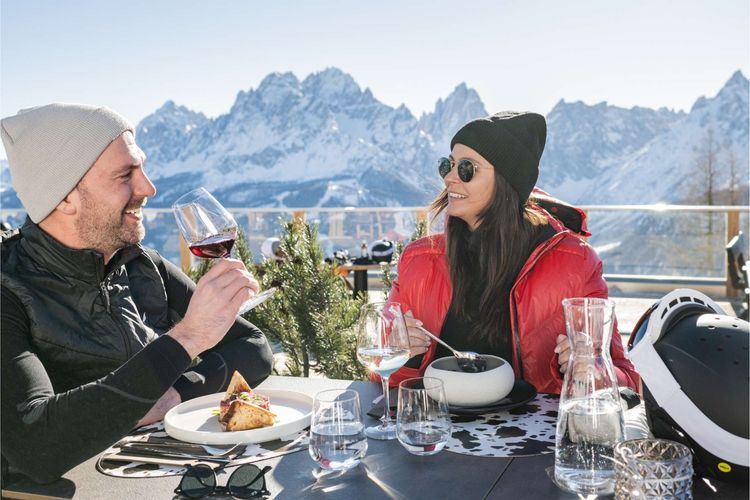
Eating Out in 3 Zinnen Dolomites
The resort scores impressively for eating out (4.51/5), with mountain dining being a particular highlight. A user who is an advanced snowboarder said that "all the mountain restaurants and cafes are first class," while Joshua mentions that food and drink on the mountain offers "great value and amazing quality."
The culinary scene blends traditional Tyrolean fare with authentic Italian cuisine, giving you the best of both worlds. This region provides a perfect opportunity to enjoy hearty mountain meals at reasonable prices, a refreshing change from the high costs found in some other European resorts.
There are plenty of Rifugio mountain huts scattered across the ski area. For casual self-service on a sun-soaked terrace, the Ristorante Monte Elmo has everything on offer, from south Tyrolean dumplings to classic carbonara. Other great sun terrace restaurants include the Rifugio Rudi and Restaurant Gigante Baranci. For a more gourmet experience on the mountain, Jora Mountain Dining, which is based at the bottom of the Doris lift, is famed for chef Markus Holzer’s local dishes and exquisite pasta creations.
In each of the towns, there’s a decent choice of eateries on offer too. In Sesto, Restaurant Pizzeria Samyr serves up delicious Mediterranean fare, while Gasthof Waldrude specialises in local dishes. Elsewhere, Angelo’s Pub, Helmhotel and Pizzeria Restaurant Temple are all recommended.
The area's Italian heritage shines through in the dining experience, with one of our users mentioning "impeccable Italian cuisine" as a standout feature of their trip. Many restaurants also offer spectacular views across the Dolomites, making mealtimes a feast for both your taste buds and your eyes.
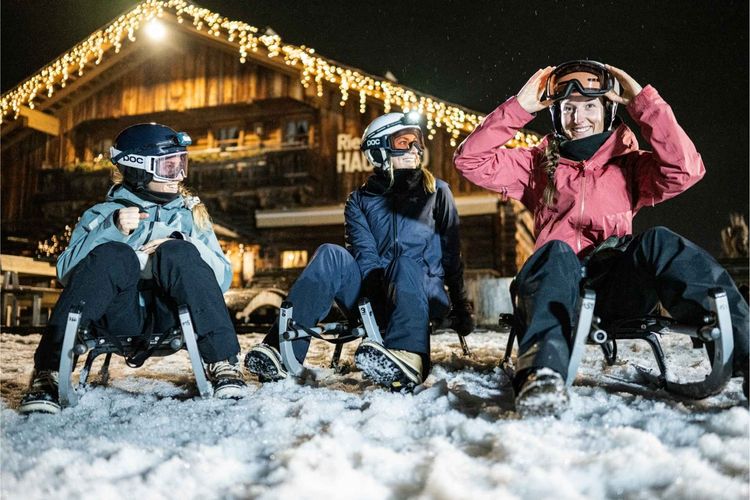
The Après-Ski in 3 Zinnen Dolomites
The après-ski scene in 3 Zinnen Dolomites scores a respectable 3.97/5 rating, but it's definitely more laid-back than the raucous parties found in some Austrian or French resorts. Here, the focus is on quality over quantity, with a more relaxed atmosphere perfect for unwinding after a day on the slopes.
Joshua notes that "après ski has been quiet but as the resort grows they are introducing more events at the end of the day plus some festivals and floodlit skiing." This evolving scene makes it an interesting destination for those who enjoy a more civilised evening atmosphere rather than wild parties.
Many visitors appreciate the emphasis on wellness after skiing. As Paulina remarks, "No night time entertainment, but if you are with young family it is that peace and quiet that you are looking for." Most hotels offer spa facilities, making a sauna session or hot tub soak the preferred post-skiing activity for many guests.
The bar scene consists mainly of hotel bars and a few local establishments rather than purpose-built après venues. One user mentioned enjoying "après ski refreshments at a few establishments late afternoon" before returning to their hotel, highlighting the more restrained approach to evening entertainment.
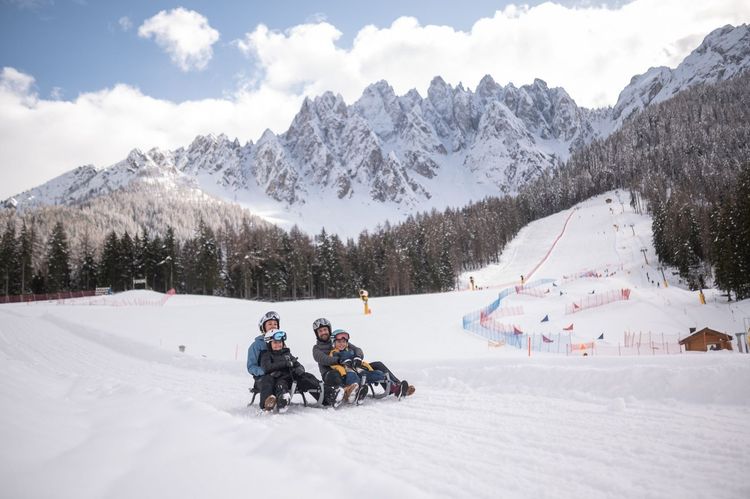
3 Zinnen Dolomites for Families
Families will find 3 Zinnen Dolomites particularly appealing, with the resort achieving an outstanding family friendliness rating (4.54/5). The combination of excellent beginner areas, top-rated ski schools, and a relaxed atmosphere makes it ideal for family holidays. Monte Baranci, perched above San Candido, is a family-friendly extension of the 3 Zinnen ski area, with gentle slopes, night-skiing, and a direct connection via the shared ski-pass network.
Paulina, an advanced skier from the UK, confirms this impression: "Fantastic resort for families looking for quieter resorts. Very accessible and reasonably priced." The uncrowded slopes create a safer environment for children to learn and improve their skills without the stress of busy pistes.
For children, there’s a ski-cross course and a Rudolf Reindeer ski technique trail. Every Tuesday and Friday you can also go nightskiing and sledging, with floodlights illuminating Monte Baranci from 7 - 10pm and the mountain hut Rifugio Gigante Baranci opens for dinner.
The ski school quality (4.60/5) is frequently praised by our users, with instructors known for their patience and ability to build confidence in young skiers.
Beyond skiing, the resort provides other winter activities and many hotels cater specifically to families with dedicated children's facilities. The emphasis on relaxation rather than partying creates a family-friendly environment throughout the entire area. Reindeer are also kept here, and the smallest herd in the Alps can be visited for feeding time too.
For non-skiers, there’s a limited number of alternative snowsports available such as cross-country touring and snowshoeing. It might be worth taking a trip to the nearby Dolomit-Panorama Spa at the Rainer Family Resort for a spa day - although, most of the hotels here have their own spa facilities. More variety can be found on Monte Baranci, their family ski mountain. Located in San Candido, this mountain is accessible from chairlifts in the center of Innichen, also offering weekly night-skiing and sledging every Tuesday and Friday.
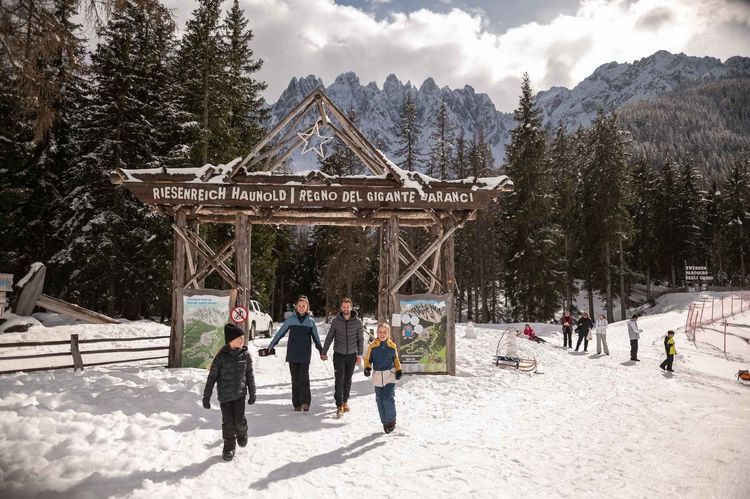
Accommodation in 3 Zinnen Dolomites
The accommodation options (4.63/5) in 3 Zinnen Dolomites are highly rated by our community, with a variety of choices to suit different budgets and preferences. The area specialises in family-run hotels rather than large commercial properties, creating a more authentic and personal experience.
As Joshua points out, "accommodation tends to be in family run hotels but these are excellent value especially on a 3/4 board basis. Almost all have a spa and wellness area as part of the package." This wellness focus is a significant draw for many visitors who appreciate relaxation after a day on the slopes.
Several properties offer convenient ski-in/ski-out access, while others are well-connected by the local bus network. Ella, an intermediate skier in our community, recommends the area's ski-in/ski-out options: "Really recommend Bad Moos Aqua Resort, it is a lovely ski in and ski out hotel with great surrounding runs for all levels."
The village of Sesto / Sexten branches off into the smaller hamlets but has a decent town centre with shops, bars and accommodation options. It’s only a short walk (or free bus ride) from the town centre to the main lift. The best central accommodation is the Berghotel or the Hotel Kreuzbergpass.
For those preferring self-catering, Joshua notes that "there are apartments available if you do some research," though they're not as numerous as hotel options. The accommodation is characterised by traditional alpine architecture and warm hospitality rather than modern luxury complexes.
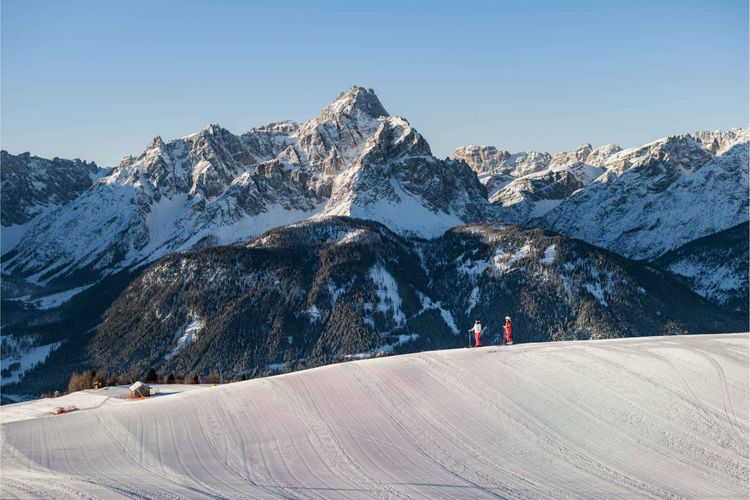
Environment & Sustainability in 3 Zinnen Dolomites
The 3 Zinnen Dolomites sits within the UNESCO World Heritage-protected Dolomites, creating a strong incentive for environmental preservation. Mostly biomass is used for heating, and the resort has invested significantly in efficient snowmaking technology to reduce water usage while maintaining snow coverage during less snowy periods. This ATASS snow monitoring system for Techno Alpin is used for efficient snow production - the demand for snow is analysed and then produced.
The modern lift system not only improves visitor experience but also incorporates energy-efficient technologies. Many mountain restaurants and hotels in the area have adopted local sourcing practices, reducing food miles and supporting regional producers.
Public transport connections between villages help reduce car dependency, with free shuttle buses connecting the resort areas. The region's commitment to preserving its natural beauty aligns with sustainable tourism principles.
3 Zinnen Dolomites Pros: Why the Snomad Community Loves It
Based on our Snomad community reviews, here are the top five things users love about skiing in the Dolomites:
-
The breathtaking scenery - Teresa, an intermediate skier, raves about the "fabulous scenery, ultra blue skies" while Lawrence mentions "the landscape" as one of his favourite things. Numerous reviewers describe the mountain views as "spectacular" and "stunning".
-
The exceptional food and value - The Italian mountain cuisine gets consistent praise from users. One Snomad community member liked the "creamy risottos, freshly made pasta, and truffle-infused dishes paired with crispy schnitzel and Alpine cheeses." Joshua points out that "everything isn't much more expensive than back home in the UK so you don't feel like you're being robbed grabbing a hot chocolate and some food on the slopes!"
-
The quality of grooming and piste maintenance - "Beautiful groomed runs not a bad patch in sight" writes Teresa, while AJ calls it "fantastic warm weather skiing, with a good selection of pistes for all abilities."
-
The efficient lift system - Victor specifically mentions "very efficient ski lifts" as a highlight, and Rose notes that "the lifts are all staffed and kept in top condition." Katie adds that they're "brilliant, comfortable, and efficient - very little queuing."
-
The friendly, laid-back Italian atmosphere - Vicky appreciates "the friendly laid-back approach with fabulous services" while Ezra comments that "It's much cheaper and friendlier than other countries."
3 Zinnen Dolomites Cons: What Snomad Skiers Say Could Be Better
Based on our Snomad community's feedback, here are the top issues users mentioned about the Dolomiti Superski area:
-
Morning ice on shaded slopes at the tail end of the season - Simon points out that many slopes remain in shadow during mornings, causing icy conditions to persist longer than ideal
-
Some accessibility issues for beginners - Katy mentions that certain routes are only accessible via black runs, creating difficulties for beginners and intermediate skiers.
-
Limited après-ski scene - Several users indicate that while the food and relaxation options are excellent, the nightlife is quieter compared to other European resorts. As Nick, an intermediate snowboarder, puts it, it's "definitely more family friendly than party goer oriented."
Recent Reviews
3 Zinnen Dolomites Resort Stats
3 Zinnen Dolomites Travel Information
FAQs Skiers' Most Asked Questions
3 Zinnen Dolomites FAQs: Skiers' Most Asked Questions
Is 3 Zinnen Dolomites snow-sure?
The 3 Peaks Dolomites isn't the most snow-sure resort, according to our Snomad community. While they have invested heavily in snowmaking facilities to compensate for less reliable natural snowfall in this eastern Alpine area, some users note slopes can get icy or slushy in the afternoons. As Lawrence, an advanced skier, mentions: "While snowfall in this eastern area of the Alps can be less than reliable, the resorts have extensive snowmaking facilities."
What mountain range is 3 Zinnen Dolomites part of?
As the name suggests, 3 Peaks Dolomites (Tre Cime in Italian) is part of the spectacular Dolomites mountain range. This UNESCO World Heritage site forms part of the Eastern Alps in northeastern Italy. Our users repeatedly mention the breathtaking scenery, with Joshua describing it as "offering some of the best infrastructure and scenery there is for skiing." The dramatic limestone peaks create a stunning backdrop that skiers consistently rate as one of the most beautiful alpine environments in Europe.
When does the ski season start and end in 3 Zinnen Dolomites?
The 3 Peaks Dolomites ski season typically runs from early December to mid-April. Our Snomad users note that even with limited natural snowfall, the resort's impressive snowmaking capabilities keep the slopes in great condition. As one advanced skier mentions, "It's rare to have to queue for any of the lifts," making it perfect for a Christmas break or Easter skiing when the resort enjoys excellent lift efficiency (4.76/5).
Is 3 Zinnen Dolomites good for beginners?
Yes, 3 Peaks Dolomites is excellent for beginners! With a rating of 4.75/5 for beginners, it offers wide, well-groomed slopes and excellent ski schools. One Snomad community member who visited as a first-timer said they "came away an intermediate skier tackling red runs!" The resort has plenty of long nursery slopes, and several users highlight the quality of instruction. Just note that some slopes get slushy in the afternoon, so morning lessons are best.
Is 3 Zinnen Dolomites good for intermediate skiers?
Absolutely! Three Peaks Dolomites is fantastic for intermediates. The resort offers plenty of wide, well-groomed pistes that are perfect for building confidence. Snomad users consistently praise the efficient lift system with 4.76/5 for lift efficiency and the quality of the groomed runs (4.68/5). One intermediate skier, Joshua, noted: "Perfect for anyone who wants to really relax while enjoying some of the best infrastructure and scenery there is."
Is 3 Zinnen Dolomites good for advanced skiers?
Yes, the 3 Peaks Dolomites area scores well for advanced skiers (4.56/5). One Snomad community member who's an expert skier called it "fantastic warm weather skiing, with a good selection of pistes for all abilities." There's variety with long runs and even "one of the steepest blacks in Europe." While primarily groomers, the efficient lift system means you can easily explore more challenging terrain across the wider Dolomiti Superski network for those wanting additional off-piste adventures.
Is 3 Zinnen Dolomites good for expert skiers?
3 Peaks Dolomites offers decent options for expert skiers but isn't primarily targeted at this level. Our Snomad users rate it 4.07/5 for experts, with one user mentioning "one of the steepest blacks in Europe." AJ, an expert skier, notes "a good selection of pistes for all abilities," while Lawrence calls it "a great experience." For true experts, consider adding other Dolomiti Superski resorts to your pass for more challenging terrain and off-piste opportunities.
Is 3 Zinnen Dolomites good for non-skiers?
While skiers come for the slopes, 3 Peaks Dolomites offers plenty for non-skiers too. Snomad users highlight the stunning scenery, with Josh noting the "breathtaking views of the Dolomites all round." Many hotels feature excellent wellness facilities, with Gregory mentioning "hot tub, sauna and spa facilities." The area's exceptional Italian cuisine gets frequent praise, and some resorts offer cross-country skiing options. The charming villages provide a relaxed atmosphere with quality cafés and restaurants to enjoy.
Is there snow at Christmas in 3 Zinnen Dolomites?
Christmas skiing in the 3 Peaks Dolomites can be variable. While the resort has extensive snowmaking facilities to compensate for less reliable natural snowfall, several Snomad users mention this can be an issue. Carolina, an intermediate skier, noted that during Christmas "there was not enough snow and runs were a bit icy than usual over Xmas and NY period." However, the resort maintains excellent grooming standards, with their modern lift system helping to maximize whatever snow is available.
Where should I stay in 3 Zinnen Dolomites and what type of accommodation is available?
3 Peaks Dolomites offers several fantastic accommodation options. One Snomad community member recommends Bad Moos Aqua Resort for its excellent ski-in/ski-out access and convenient surrounding runs. The area primarily features family-run hotels rather than chalets, with most including spa and wellness facilities as part of your stay.
Most hotels operate on 3/4 board basis and provide excellent value. Users highlight Hotel Pralong and Hotel Froshinn for their exceptional service and fantastic food. The latter offers free-flowing wine most nights and easy access to San Cassiano town.
What's the best way to get to 3 Zinnen Dolomites?
The most convenient way to reach 3 Peaks Dolomites is by flying into Venice Marco Polo, Innsbruck, or Verona airports, then taking a private transfer or shuttle bus. Our users recommend hiring a car for flexibility. Josh mentions the resort is "a bit off the beaten track" but worth it for the "breathtaking views of the Dolomites." The journey takes approximately 2-3 hours from these airports depending on weather conditions.


